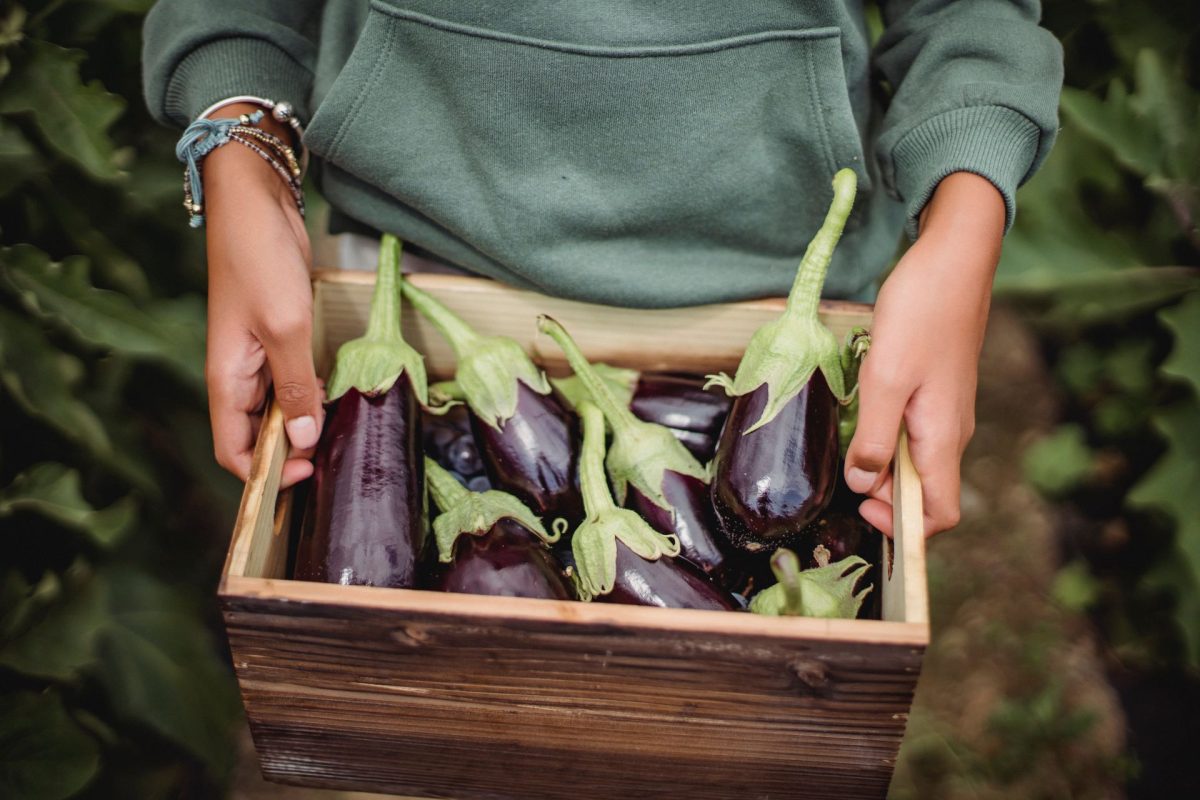YETRAC
A guide to Open-Field Eggplant Cultivation
A guide to Open-Field Eggplant Cultivation
Eggplant is a versatile vegetable used in various dishes, easily prepared and valued as a side dish or salad. Additionally, it can be used to make preserves and pickles.
Per 100 grams of eggplant, it contains 24 calories, 1.1 grams of protein, 2 grams of fat, 5 grams of ash, 5.5 grams of carbohydrates, 15 mg of calcium, 37 mg of phosphorus, 4 mg of iron, 30 IUA, 0.4 mg of B1, 0.5 mg of B2, 6 mg of niacin, and 5 mg of vitamin C.
Climate Requirements
Eggplants thrive in warm climates, unable to survive at -1°C. A successful cultivation requires a 6-month vegetative period, with an optimum temperature range of 25-30°C. Night temperatures around 15-20°C are suitable. Below 15°C, fruiting problems arise, leading to weakened plant development and discoloration in fruits. Temperatures below 8°C halt growth and flower production. The most suitable temperature for fruit yield is 22°C. Adequate development occurs with 55-60% air humidity at 25°C and 60-70% soil moisture.
Soil Preferences
Eggplants dislike clayey soils and are prone to root rot in heavy, humid soils. Physiological issues increase in poorly drained, clayey, and cool soils, resulting in reduced early yields. They are moderately sensitive to salt; soil electrical conductivity (EC) should be below 2.5 mS. They prefer deep, permeable, organic-rich soils with a loamy-sandy texture and a pH between 6-6.7.
Seedling Cultivation:
Due to its long vegetative period, eggplants cannot be directly grown from seeds. Seeds should be sown in December-January, while seedlings are planted in March-April. Optimal germination soil temperature is between 21-26°C. Seedlings are recommended to be grown in a 2:1 ratio of peat to perlite mixture in plastic trays, with additional nutrients (0.6 kg P2O5, 0.4 kg K2O, 0.4 kg N, 0.3 kg MgO) per cubic meter. Alternatively, plastic seedling bags filled with a mixture of composted farm manure, sieved garden soil, and sieved river sand can be used. Soil fumigation with a suitable agent is beneficial. Seedlings should be transplanted when they have 5-6 true leaves.
Soil Preparation and Fertilization
For eggplant cultivation, 5-8 tons of well-rotted farm manure is applied per hectare, followed by plowing to a depth of 20-25 cm. For every hectare, 20 kg of N, 10 kg of P2O5, and 25 kg of K2O should be provided. Phosphorus fertilizer is applied entirely during basal fertilization, while nitrogen and potash fertilizers are divided into 3-4 applications.
Cultivation Practices
Weeding
The first weeding is done 7-10 days after planting, followed by a second weeding at 20-30 days. Additional weeding can be done to control weeds and retain soil moisture.
Irrigation
Drip irrigation is highly recommended, avoiding overhead watering. Watering should be controlled until the first fruits appear after the initial watering.
Pruning
Pruning is done during the period of decreased yield, removing branches just above the crown area. This results in a sturdier plant. Additional watering and fertilization follow the pruning.
Harvesting
Harvesting should be done when fruits reach their normal size and color. Using a knife or scissors, cut the fruit with a portion of the stem. Regular harvesting intervals enhance both the quality and yield of the produce.
Yield
Each plant yields 10-30 fruits, with an average yield per hectare ranging from 2-13 tons.
Common Diseases
Eggplants are susceptible to various diseases such as powdery mildew, white rot, downy mildew, early blight, damping-off, bacterial wilt, tobacco mosaic virus, potato stripe virus disease, root collar rot, root rot, wilting, anthracnose, stem rot, and fruit rot.
Pests Affecting Eggplants
Common pests include nematodes, cutworms, leaf miners, red spider mites, aphids, thrips, stink bugs, whiteflies, cotton leafworms, hornworms, and flower bugs.

